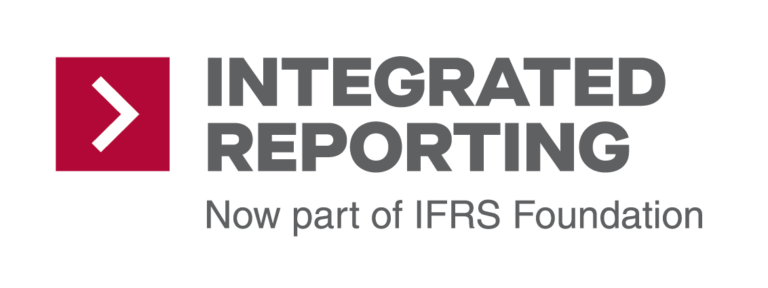Tata Steel's Integrated Report demonstrates connectivity of information (para. 3.6 of the International <IR> Framework) when describing the main risks that could affect the organization's ability to create value in the short-, medium-, and long-term (para. 4.37 of the International <IR> Framework), and how those risks present challenges to the company pursuing its strategy (para….
Archives
-
Business model
DBS's 2019 Annual Report provides an overview of how the bank creates value for its internal and external stakeholders (para. 2.4 of the International <IR> Framework). The business model diagram identifies the capitals that the business draws upon, and the double page spread that follows provides a narrative explanation of how the business uses each…
-
Business model
Transnet provides a comprehensive, yet concise business model depiction. Using the various capitals to provide a structure to the business model – all elements as per the Framework are shown – including inputs, activities, outputs (distinguished between positive and negative outputs) and outcomes. This example takes the business model further to note how value is…
-
Business model
Santova’s business model clearly highlights its vision and key differentiators. On page 11 Santova states its inputs, outputs and outcomes which include its different capitals and outcomes both internally and externally. This is all underpinned by Santova’s culture and values, corporate governance and group strategy. The disclosure can be enhanced in future by also including…
-
Business model
Royal Bakofeng Platinum’s business model centres on the fundamental concept of long-term value creation and demonstrates 8 elements underpinning the business model providing connectivity to values, risks and differentiators. The next section shows how the organization draws on 6 capital stocks whilst operating and growing its business. In line with paragraphs 4.12-4.13 of the International…
-
Organizational overview and external environment
Starting with the section, “Macro economic situation in 2017” together with the section “Global Oil and Gas Market”, the discussion provides readers with a good understanding of what external factors are affecting the company. An aspect of this content element which is not often not addressed is that of the company’s market position, which is…
-
Business model
Kumba Iron Ore’s report provides an excellent example of how a company can integrate their value creation story throughout its report. Each section helps to produce a holistic picture of the value creation process in a concise manner. The business model provides a comprehensive insight into the resources and relationships the company relies upon (in…
-
Organizational overview and external environment
Itaú Unibanco provides a clear insight into the company’s capitals. To guide readers, the report uses navigation icons, which represent the company’s capitals throughout. The report also provides its own interpretation of the six capitals, based on the International <IR> Framework. Each features a dedicated section offering contextual information, key statistics and a succinct explanatory…
-
Business model
DBS’s 2017 Annual Report provides an overview of how the bank creates value for its internal and external stakeholders. The business model identifies key resources which the business draws upon and explains how it uses these resources to execute its strategy on the next 2 page spread. DBS demonstrates its value proposition by outlining the…
-
Business model
AngloGold Ashanti’s business model provides a succinct overview of how the business pursues its core strategic focus of creating value. The business model demonstrates all elements as required by the <IR> Framework (Section 4C), including demonstrating the company’s efforts to monetize the outcomes of its business model. Furthermore, the business model also provides information on…
